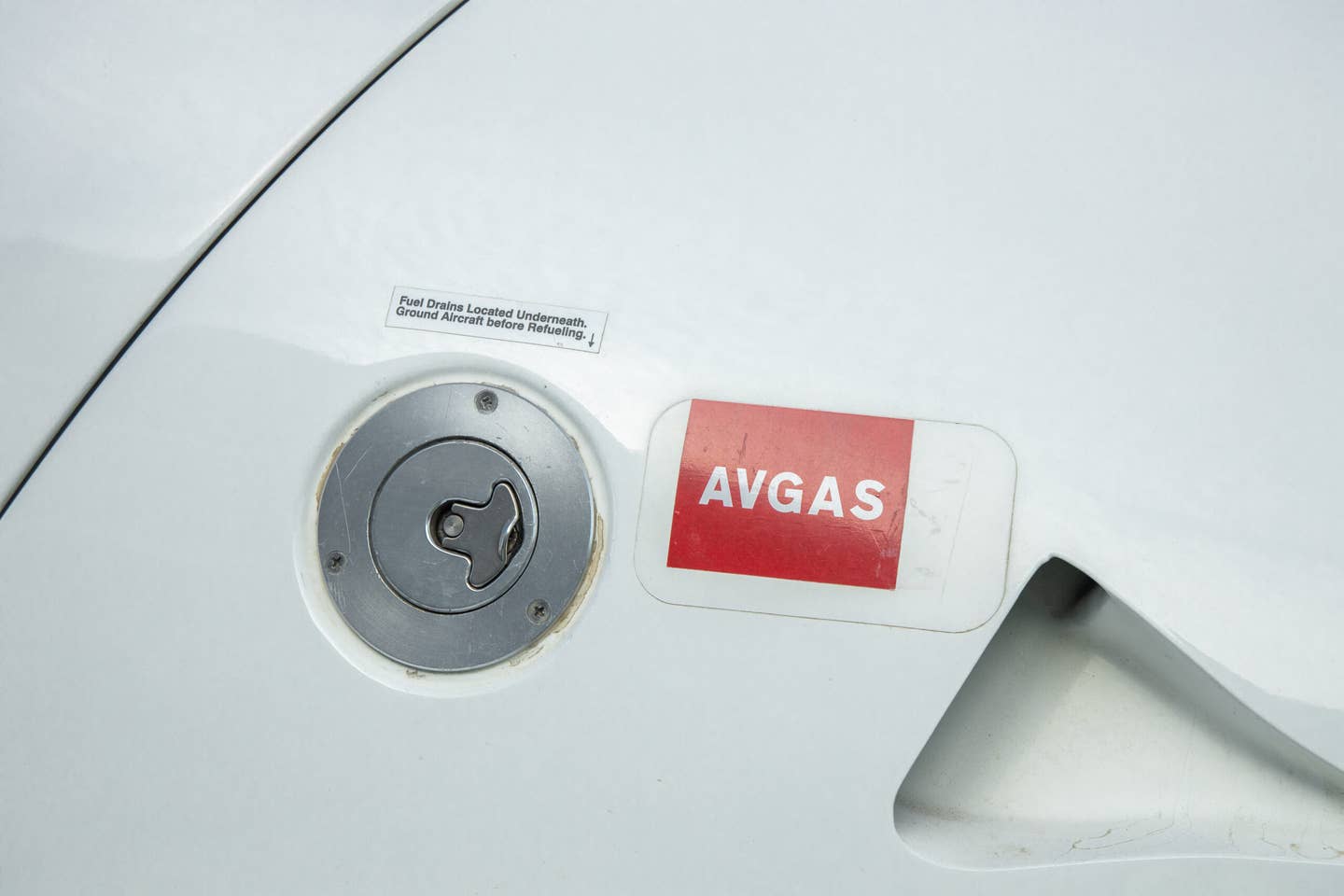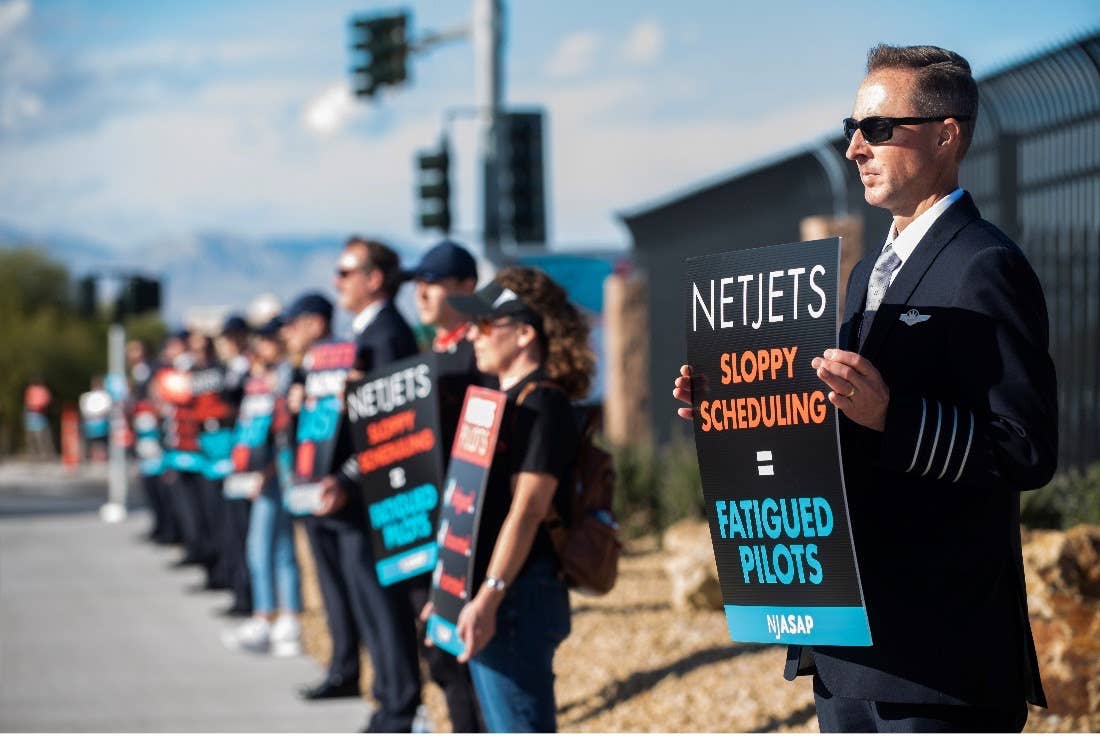How You Can Plan for Fuel Shortages
Experts share insight on what to expect and how you can try to minimize its effects.

[File photo: Shutterstock]
As global reports of disruptions in the fuel supply chain continue to emerge, FLYING recently spoke with representatives from Avfuel, a global supplier of aviation fuel with more than 3,000 locations in nearly 150 countries. With a clientele of more than 5,500 flight departments, it’s tied to the fuel issues as closely as anyone.
"The entire industry is feeling the impact of low fuel inventories," Muneeb Ahmed, director of trading and logistics for Avfuel, told FLYING. Ahmed said his company had been doing what it could to procure enough fuel from its suppliers and minimize disruption for customers. To achieve that, though, comes at a cost.
Volatility is Widespread and Could Continue
"Pre-planning as far ahead as possible is ideal for mitigating costs or the risk of flying into airports with little fuel."
Heath Beasley, operations manager, Avfuel
"We have also been using our logistics footprint to bring fuel from higher inventories into areas with lower inventories. Sometimes, this has involved running trucks hundreds of miles across state lines," Ahmed said. What's worse, by his estimation, the volatility in the market is expected to continue, which means operators will need to do whatever they can to ensure their businesses can continue to run uninterrupted.
While it isn't immediately clear how GA and business operators are faring, airlines have reduced some of their flying schedules to offset the higher fuel cost, especially in areas like the Northeast, where the price of jet-A has been particularly high.
However, Ahmed was quick to point out how widespread the issue is.
"While the Northeast region is the area being impacted the most, this is impacting almost every region in the U.S.,” he said. “We have also seen unprecedented volatility in Chicago, Group 3—A petroleum products trading hub based in Tulsa, Oklahoma that serves the U.S. midcontinent region, including the West Coast and Gulf Coast markets."
How to Plan for Fuel Shortages
What can pilots and operators do to stave off the punishment at the pump? There is some low-hanging fruit. The most obvious tactic is pre-planning.
"Pre-planning as far ahead as possible is ideal for mitigating costs or the risk of flying into airports with little fuel," said Heath Beasley, Avfuel's operations manager who oversees the company's trip support service for clients. On its end, Avfuel tries to lessen the workload for customers by confirming fuel availability at destination airports before advising customers where to go so that they don't run into an issue.
It seems obvious, but in March, Austin-Bergstrom International Airport (KAUS) issued a series of fuel alerts to warn incoming flights of jet fuel shortages and advised them to tanker the extra they'd need to leave.
The jet fuel shortage alert lifted this afternoon and normal fueling operations have resumed.
— Austin-Bergstrom International Airport (AUS) (@AUStinAirport) March 30, 2022
We're expecting busy days now through the summer, especially on Thursdays, Fridays, Sundays and Mondays. The busiest time of day continues to be before 8 a.m. pic.twitter.com/AJsgLInFOt
Ironically, the airport is a victim of an on-rush of increased passenger traffic, which in March was up 147 percent compared to March 2021, mainly because of popular events held in the city. It was the busiest month in the airport's history. General aviation traffic there between January and March was up 31.9 percent compared to the same period in 2021.
While the airport could resolve the issue, travel demand remains strong in the summer. There could be more disruption, particularly as the airport is also struggling to expand its outdated fuel storage facilities because of pushback from the city council community members.
As mentioned, the other low-hanging fruit is tankering fuel. While Avfuel doesn't measure this to see if there has been an uptick—as seen from the Austin crisis—operators have no choice but to adjust.
Brian Walker, JetLinx's director of acquisition strategy and partnerships, shared with FLYING that after an earlier scenario where an airport in Bozeman, Montana, advised his charter company that they'd run out of fuel, the company began tankering.
"We try to tanker as much fuel out of those bases to alleviate any last-minute calls," Walker explained. He said that if it's done right, jet owners who leverage the charter service could see a significant upside—sometimes up to $20,000 in fuel savings on specific weeklong trips resulting from strategic tankering.
Jetcard Programs Help—To an Extent
What about fuel card programs? Could they protect customers from shortages? Not exactly. "Unfortunately, fuel cards cannot prevent a market from running out of fuel," said Avfuel's vice president of contract fuel, Jonathan Boyle.
"Fuel cards are simply purchasing programs, like having an American Express card,” he said. "However, benefits fuel cards can offer are particularly useful in volatile markets. Having a fuel card implies customers are now in a partnership with subject matter experts on everything fuel related."
That means customers may get reports on weekly fuel prices with specific notes for certain locations, or like Avfuel provides, "detail about a certain market, including ‘tanker through’ scenarios."
Additional membership benefits include emergency notices on fuel or pricing availability, market conditions and insights, and other information to make proactive planning easier.
Hedging Might Work
There is the option of hedging, but that has its risks. It's an upfront capital commitment and a bet on the price paid to be a bargain. Some airlines are known to do this, and Ahmed said independent operators and business aviation flight departments are doing the same, maybe for a good reason.
"We are seeing growing interest in Avfuel's Price Risk Management Program as more and more business aviation departments and FBOs are looking to hedge and protect themselves from another sharp uptick in prices." This could work out for them because Ahmed points out that "most major banks, including Goldman Sachs, believe that crude oil prices are still trading at a discount and expect prices could exceed $125 per barrel over the next few months."
So, from his estimates, market indications are that fuel bills might continue to rise. If operators are looking for signs that things may ease up, Ahmed said the most important metric worth paying attention to is local availability.
"Import, export, and refinery volumes are more macro measures that will impact prices, but not necessarily on the availability of local supply,” he said. “Local supply disruptions can be caused by the limited availability of haulers, pipeline issues, etc.—much of which can be alleviated to some degree by planning."

Sign-up for newsletters & special offers!
Get the latest FLYING stories & special offers delivered directly to your inbox






